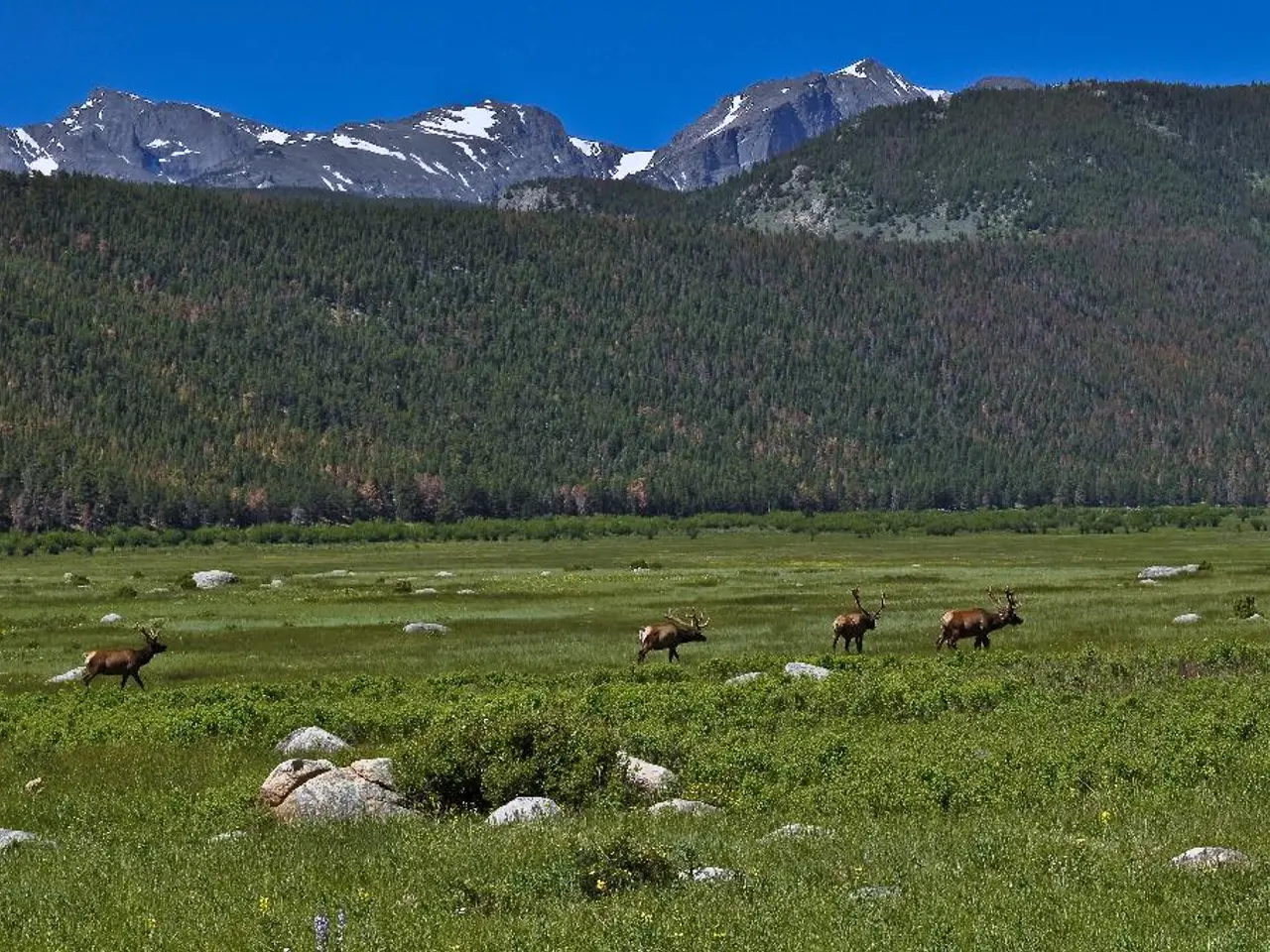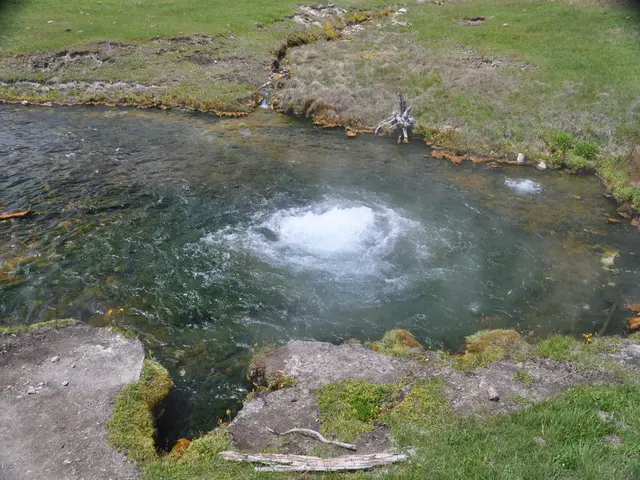Earth rotates, creating star trails, captured over a field of vivid red poppies at the foot of Mount Damavand volcano, through the use of a prolonged exposure.
=======================================================================
The Earth's rotation is not as constant as one might think. Factors such as the redistribution of mass due to melting glaciers, changes in atmospheric pressure, ocean currents, and even climate change can influence the Earth's rotation speed.
Recent investigations by scientists have been focused on a surge in faster rotations, with the Earth spinning faster by 1.34 milliseconds on July 9, 2022. This event was reported by the International Earth Rotation and Reference Systems Service and the U.S. Naval Observatory, marking the shortest day of the year.
Astronomers, who require extremely accurate timekeeping to understand the positions and movements of celestial objects and events, find such changes significant. However, according to Judah Levine, a physicist and Fellow of the National Institute of Standards and Technology, a single shorter day is important only for specialists like astronomers.
Over the past decade, the average length of day has mostly been shrinking. If Earth continues to speed up, timekeepers may implement a first-ever negative leap second by 2029 to slow astronomical time, which has been added to the running clock about every year and a half since 1972 to bring astronomical time back in sync with atomic time.
However, leap seconds have caused issues for computers, GPS, and telecommunications. Notable hiccups occurred in 2012.
Climate change is a significant contributor to these changes. According to Surendra Adhikari, an earth systems scientist at the Jet Propulsion Laboratory, modern climate change has contributed to a lengthening of the day by about 0.6 to 0.7 milliseconds, and this rate is expected to double in this century. Factors like melting ice, rising seas, and depleted groundwater are changing Earth's mass and slowing its spin.
Studies also suggest that fossilized corals from 430 million years ago indicate far more frequent sunrises and sunsets once framed a 21-hour day. Ancient mollusk shells from the dinosaurs' sunset era reveal that 70 million years ago, the year's 372 days were only 23.5 hours long.
The moon also affects Earth's rotation differently during its orbit, slowing it when it's positioned close to the equator and speeding it up when it's near the poles.
Accurate predictions of length of day beyond a six-month time frame are not possible due to the incomplete understanding of all geodetic phenomena. Two more historically short days are predicted for July 22 and August 5 in 2022.
The summer solstice, a period of long daylight, is not affected by these changes in Earth's rotation. However, it serves as a reminder of the intricate dance between our planet and the cosmos, a dance that continues to unfold, influenced by factors both familiar and mysterious.
Read also:
- Peptide YY (PYY): Exploring its Role in Appetite Suppression, Intestinal Health, and Cognitive Links
- Toddler Health: Rotavirus Signs, Origins, and Potential Complications
- Digestive issues and heart discomfort: Root causes and associated health conditions
- House Infernos: Deadly Hazards Surpassing the Flames








